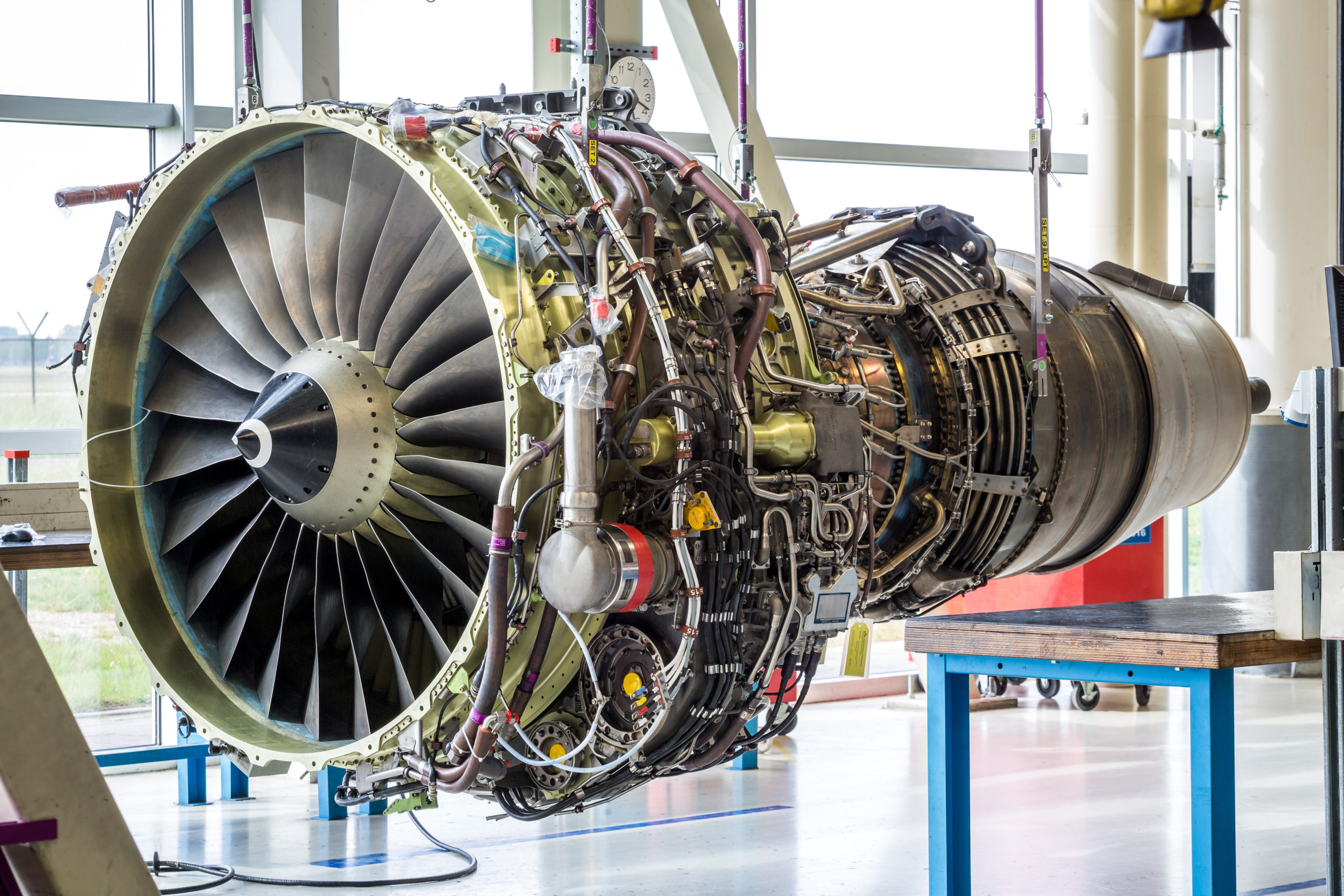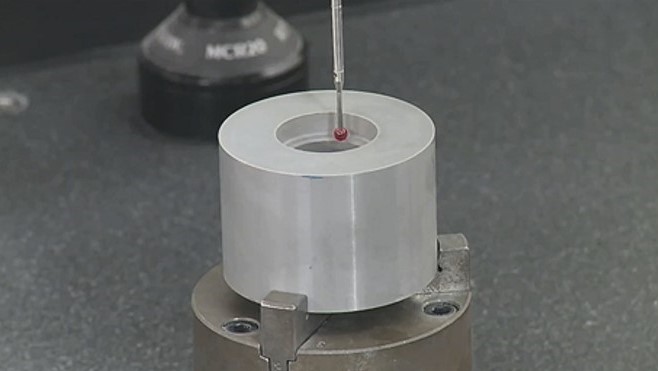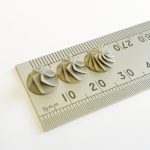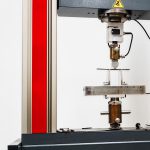Data acquisition and signal transmission within harsh environments is an ever-present pain point for manufacturers across the full spectrum of engineering. Sensors must increasingly contend with extreme mechanical and thermal stressors, which can easily result in reduced performance and even failure in the wrong conditions. The only solution is to build sensing platforms with the right material properties for the application. High-temperature applications require may require ceramic materials owing to their enhanced thermal shock resistance and/or thermal expansion properties, for example.
As developers continue to push the technological envelope, the need for next-generation sensing solutions only grows exponentially. Technical ceramics like silicon nitride (Si3N4) are poised to assist developers of novel sensors for cutting-edge application areas. But what are the key challenges facing sensing technologies today, and how can silicon nitride ceramics help?
Sensing Challenges in Aviation
Take the aerospace sector. Aircrafts must already contend with atmospheric disturbances like turbulence and wind shear, routine pressure variations, continuous thermal cycling, and the risk of moisture ingress. All this puts enormous strain on airframes, propulsions systems, and the sensing elements that control/monitor them. Silicon-based microelectronics platforms are a crucial part of existing aerospace sensing infrastructures. But their limitations in harsh environments are increasingly laid bare. This will only become more apparent as we move towards super- and hypersonic flight.

Next-Gen Aerospace & Defence
Ongoing research and development (R&D) into supersonic flight for commercial and governmental aviation looks set to multiply each of the above stressors. The eventual onset of hypersonic aircraft for military applications will represent an even greater challenge, forcing manufacturers to combat critical aerothermodynamic issues such as extreme velocities and temperatures approaching 2000°C (3632°F). New materials platforms are required that either supplant or support existing electronic subsystems and sensing elements to maintain the integrity and performance of high-speed aircraft in-transit.
Silicon Nitride: Sensing at New Heights
Technical ceramics have long been deployed on the cutting-edge of aerospace and defence. The likes of silicon nitride offer an outstanding manifold of thermodynamic and electrical properties perfectly suited to the harsh environments associated with high altitude, high speed flight.
Primarily, silicon nitride has been deployed as armour-plating and wave-transparent radomes for aircraft and missiles. But it is increasingly common to see intricate silicon nitride-based components in jet engines, providing tangible weight-savings and dramatically increased fuel efficiency. We are even beginning to see the implementation of next-generation tip clearance sensors and nose-mounted sensing arrays based on advanced silicon nitride microelectronic platforms.

The intrinsic value of silicon nitride ceramics in aerospace and defence lies in their outstanding thermomechanical properties and corrosion resistance. This applies to derivatives of silicon nitrides like sialons too. Except these derived isostructural ceramics have the added benefit of being easier to fabricate and offering performance advantages.
Syalon 101, for example is a dense beta-phase sialon of high compressive strength (3500 MPa) which can withstand routine operating temperatures of over 1000°C. Owing to its superior properties, Syalon 101 is often used to shield sensing elements from harsh operating conditions without impinging on their electrical performance. Already deployed in furnace environments and on harsh chemical processing lines, commercial and military OEMs may leverage silicon nitride-based ceramics like this in next-generation solutions for pressure, torque, temperature, position, ultrasonic, and/or vibration sensing.
Want to learn more? Contact a member of the International Syalons team today for more insights into how silicon nitrides and sialon ceramics may be used in mission-critical applications.


